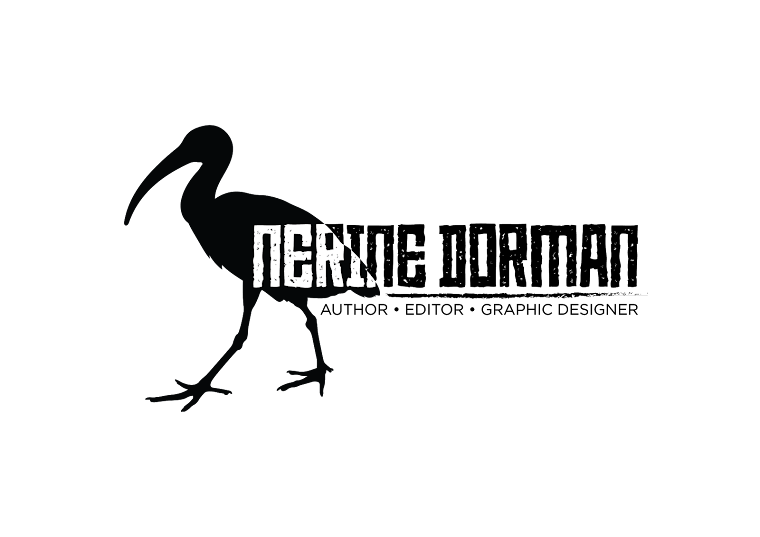Chain Reaction by Adeline Radloff was a book that landed on my desk unasked for, but in the spirit of reading outside of my chosen genre, I'll give this one a fair assessment. I must mention that this was awarded silver in the 2013 Sanlam Youth Literature Prize but from what I can see on Goodreads and Amazon, hasn't seemed to have met with much of a response from readers.
And [sigh] I think I know why.
At a glance, the concept behind the story is quite fun. Radloff has essentially written two short stories about the same characters, but employs the butterfly effect in that one seemingly random action in the first chapter has massive consequences later on in the story.
But here's where the wheels fall off, in my opinion. The first version of events has a negative outcome due to one character's inaction, while the second has an overwhelmingly positive knock-on effect for all the characters, and while I read, I felt that chain reaction was almost too simplistic in its dualistic expression of the right or wrong way for characters to respond to circumstances.
Young readers aren't stupid. If they feel as if they're being preached at, and if the writing is set up to primarily focus on moralistic outcomes, they're going to balk. I know I balked, and often found myself saying, "I can't see teens responding like this, this seems implausible".
Look, the writing isn't irredeemable, and the concept of starting the book and reading through halfway to finish the first part, and then turning the book upside down and around to get to the other half ... that's kinda cute in a way. Perhaps the one character I felt that had the most spunk and personality was Alexis. She came across authentic, perhaps because a diary format had been used and her tone came across well. What Radloff then did was jump between different ways of writing for the various characters – first person, second person, cellphone chat, social media. It's an easy way to show that we're dealing with different characters. It also means that it's not that easy to develop an attachment with the multiple characters.
This isn't a bad book, but I can't help but feel it's the type of story a guidance councillor might prescribe for their class to read, and if your kid already likes their Harry Potters and The Hunger Games, or whatever else is currently popular for younger readers, they're probably not going to be the reader for this book.


No comments:
Post a Comment